Those grim days whose stranglehold on society began in March of 2020, plunged the world into a cloistered crisis of fear, shutdowns, panic buying, hoarding, dread, loss, death, grief, sickness and regressive life style impacts.
Days fraught with two hour lines stringing around the back of the Costco Warehouse and the mad, flailing search for rubbing alcohol, Clorox Wipes and toilet paper long gone from barren shelves are ones we might well want to forget.
In the very beginning, we had no idea how bad, how long, how lethal, how divisive, destructive and debilitating its grip would be.
Soon, surrounded by its invisible, biohazardous tendrils, we would descend down a long, dark tunnel that seemed to have no light at its end.

Survival instinct emerged and we operated in more basic and primitive modes, as is often the case when animals are under siege.
It’s easy to say that no one of sound mind and body would ever want to experience them again. But, as with so many aspects of history and its times of torment, deprivation, loss, pain and suffering, the historical record is one that needs to be retained, and even revisited in some form.
Covid’s impact on and history in Alameda may seem a distant memory, now that we live in a world where most rational folks have taken the steps to minimize Covid’s harm to them and help limit its spread to others.
Once shuttered businesses –if they survived—have reopened to the public, even as they may still see a fall off in patronage. Schools are back in real life, human to human sessions and sports fields and gyms abound with athletes in competitive play.
Vaccines, viral treatment medications, expanded knowledge on how to manage or minimize aerosol transmission of the scourge and more have allowed so many the chance to, literally, breathe a sigh of relief and seek the path back to normal, even if that is a new normal, not yet fully understood or finished.
Shooting Covid, even while intimidated and frustrated by is cold clutches, provided a few lens heads a paradoxical, slightly twisted, form of relief, bringing perhaps a sense of purpose in capturing history, if not just a reason to get out of the house.
The photos might show isolation, loneliness, gloom and restriction. But they might also show the light of human coping, resiliency, adaptation and a quest for some semblance of normalcy.
Nonetheless, those seemingly endless Covid Days were dark indeed, and the prospect of revisiting them here might not be especially inviting.
Nonetheless, here are some captures of, and testaments to, a few select moments and locales, now frozen in time and in a place that seems so far away, but really is not that long ago. One hopes that this sort of photo opportunity does not present itself again.


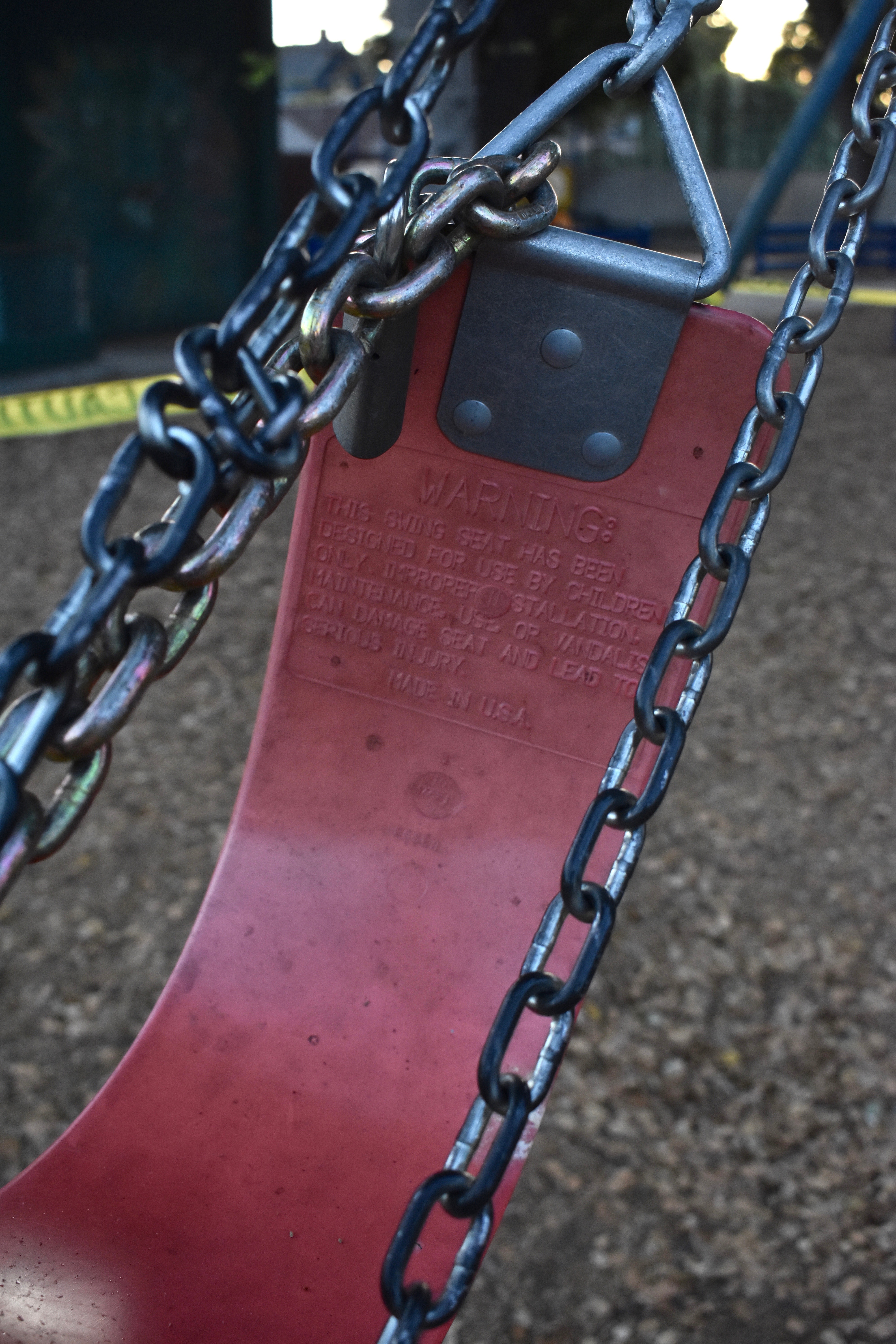
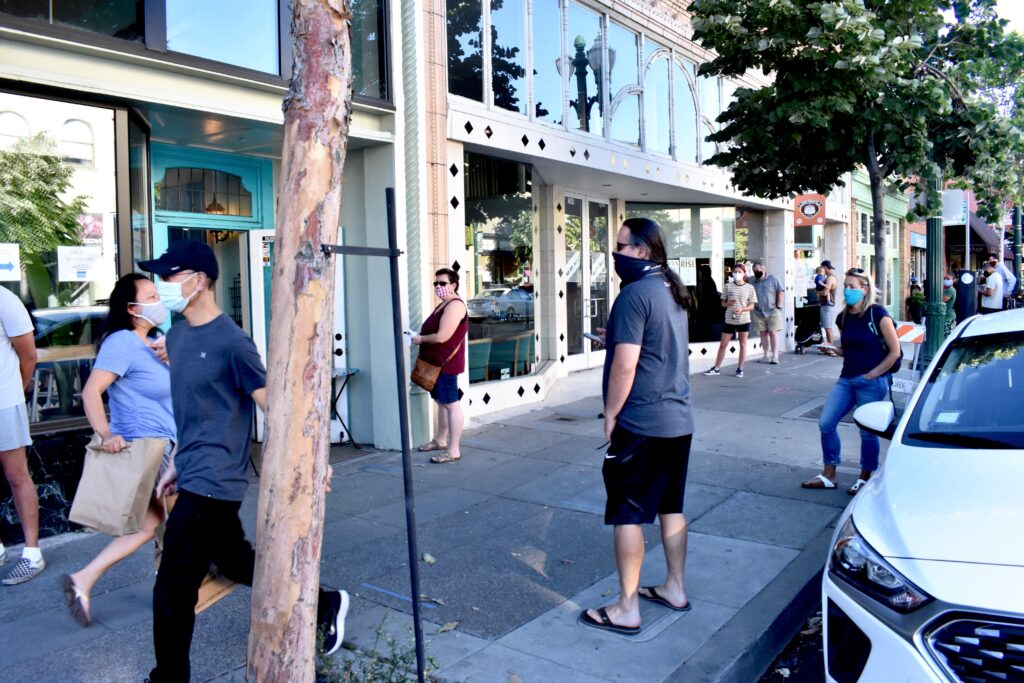

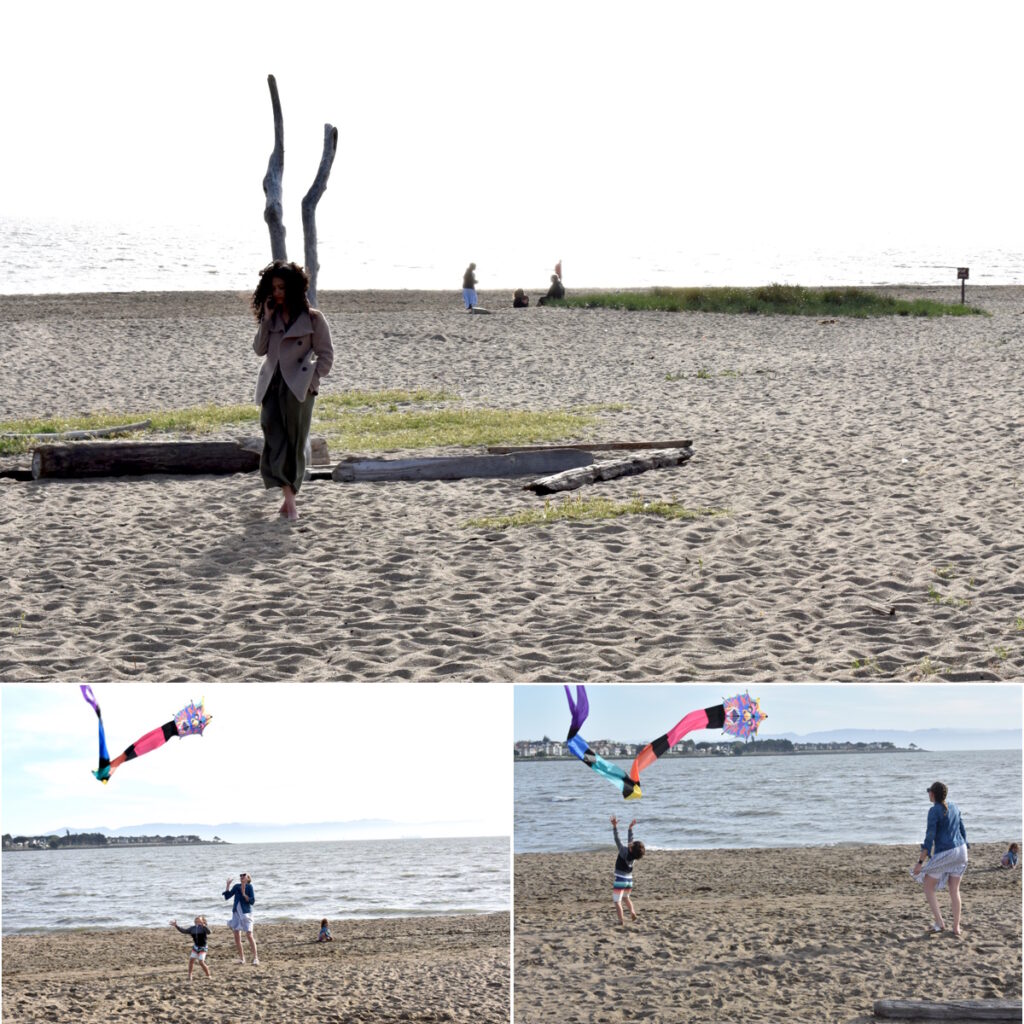
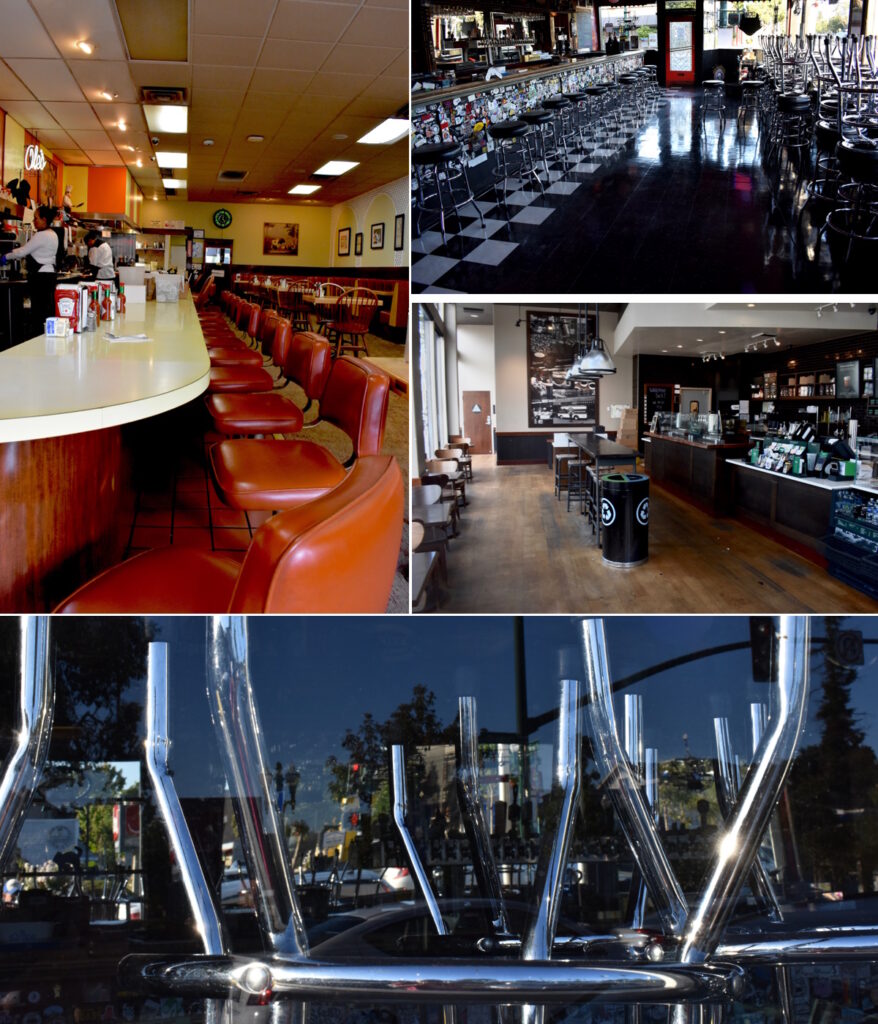
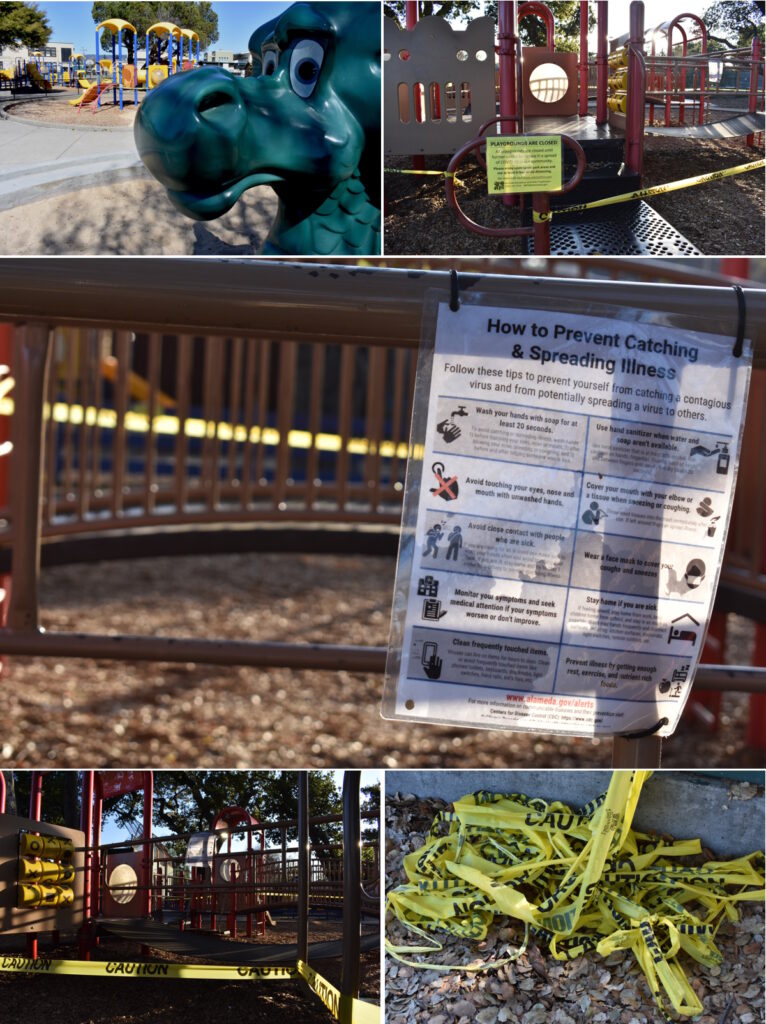
As was the case with the chairs, benches, stools, bar tops and tables of eating and drinking establishments, play structures often stood bereft of children exerting the unbridled joy of play and pent up energy.
Yellow tape cordoned off the constructs in another showing of overboard, ‘err on the side of caution’ closures, –based on the incipient scientific knowledge of the dangers and limits of the disease at the time– that put off limits open air, minimally disease transmitting environments as these.
Fear of the unknown prevailed over the established, quantified, hard and fast safety of playground constructs and environments, not to mention the physical and social health of kids. One photo truly underscores the disconnect, for who was going to read, heed or need the warning in an environment abandoned by edict?
